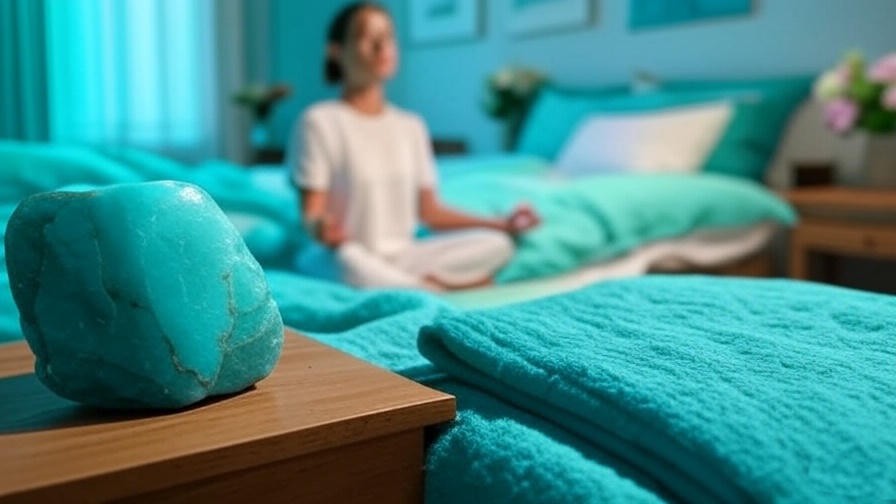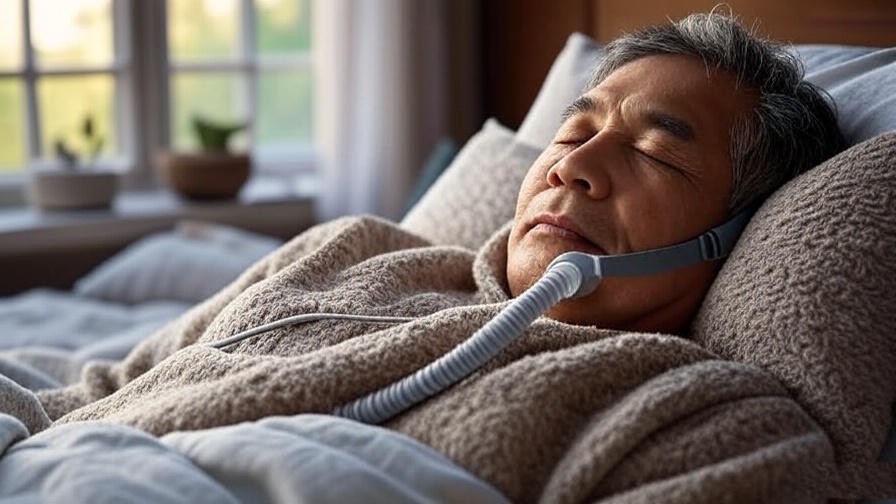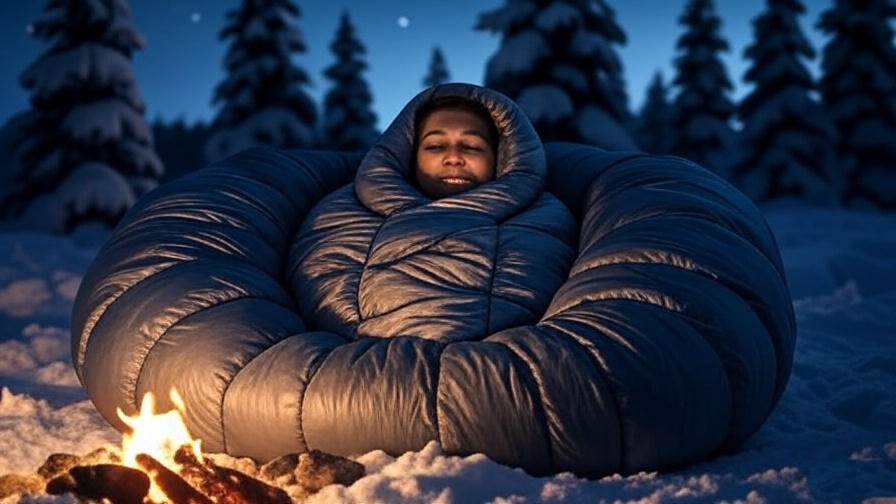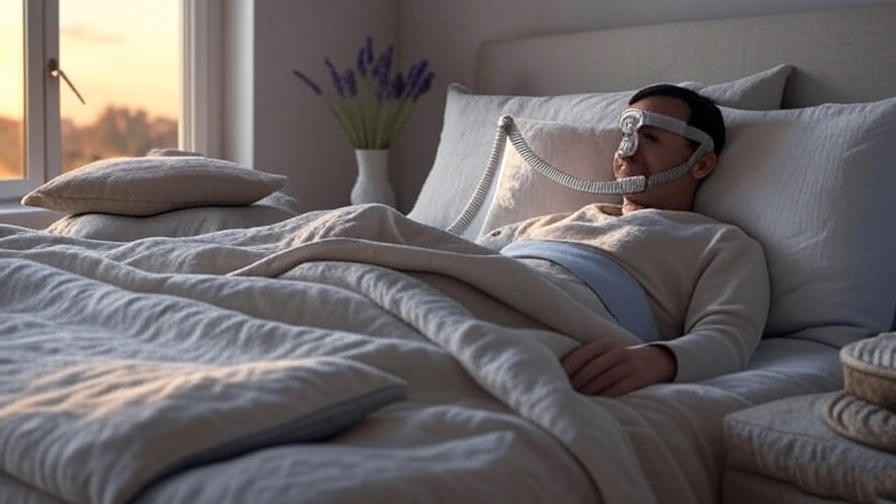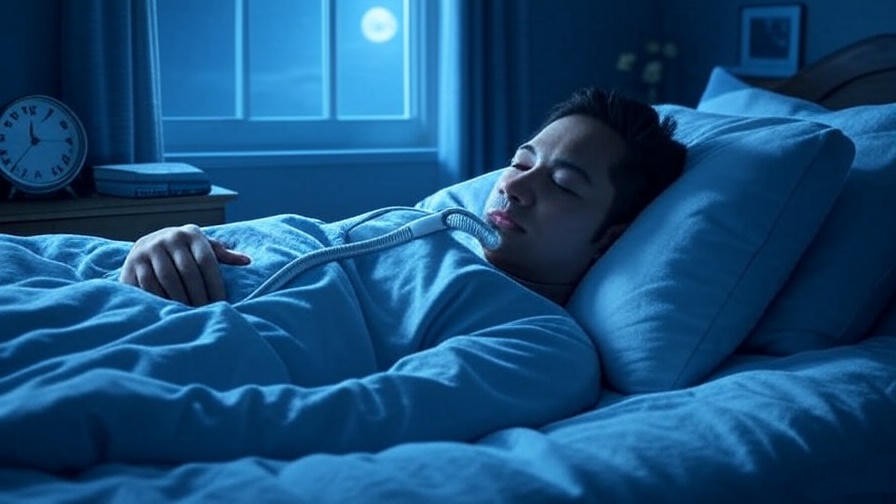Imagine boarding a train for an overnight journey, excited for the adventure ahead, only to spend the night tossing and turning, unable to find a comfortable sleeping place on a train. The rhythmic clatter of wheels and the promise of new destinations should lull you into restful slumber, but without the right setup, your trip can leave you exhausted. Quality sleep is the cornerstone of a rejuvenating travel experience, impacting your mood, energy, and overall well-being. This guide dives deep into choosing the best sleeping place on a train, offering expert insights, practical tips, and actionable advice to ensure you arrive refreshed. Whether you’re a solo traveler, a family, or a wellness enthusiast, we’ll help you transform your train journey into a restful retreat.
As a sleep and travel enthusiast with years of experience exploring global rail routes and studying sleep science, I’ve compiled this skyscraper guide to address every aspect of sleeping on trains. From budget-friendly seats to luxurious sleeper cabins, we’ll explore options, weigh pros and cons, and provide strategies to optimize your rest, all while aligning with holistic well-being principles.
Why Sleep Matters on Train Journeys
The Impact of Poor Sleep While Traveling
Sleep isn’t just a luxury—it’s a necessity, especially during travel. Poor sleep on a train can lead to irritability, reduced focus, and diminished enjoyment of your journey. According to the National Sleep Foundation, even one night of inadequate sleep can impair cognitive function, equivalent to a blood alcohol level of 0.05%. For travelers, this means less energy to explore destinations or engage in meaningful experiences. Lack of rest also disrupts mood regulation, making you more prone to stress—an enemy of the holistic well-being we champion.
Unique Challenges of Sleeping on a Train
Train travel presents unique sleep barriers: the gentle (or not-so-gentle) rocking of the carriage, ambient noise from fellow passengers, and confined spaces. Unlike a hotel bed, your sleeping place on a train is often compact, requiring strategic choices to maximize comfort. Temperature fluctuations, unpredictable lighting, and frequent stops can further disrupt your rest. Understanding these challenges is the first step to overcoming them, ensuring your journey supports your physical and mental wellness.
Types of Sleeping Places on Trains
Overview of Train Sleeping Options
Trains offer a variety of sleeping arrangements, each catering to different needs, budgets, and travel styles. From basic reclining seats to private sleeper cabins, the options vary by region and train operator, such as Amtrak in the U.S., Eurail in Europe, or Indian Railways. Choosing the right sleeping place on a train depends on your priorities—comfort, cost, or privacy. Below, we break down the most common options to help you decide.
Reclining Seats
Pros: Reclining seats are the most affordable option, widely available on most overnight trains. They’re ideal for short trips or budget-conscious travelers.
Cons: Limited recline angles and lack of privacy can make deep sleep challenging. You’re also exposed to cabin noise and lighting.
Best for: Short overnight journeys (4–6 hours) or travelers prioritizing savings over comfort. For example, Amtrak’s Coach Class seats offer modest recline but are cost-effective for routes like New York to Washington, D.C.
Sleeper Cabins (Private Compartments)

Pros: Sleeper cabins provide privacy, dedicated bedding, and a quieter environment, making them ideal for restful sleep. Many include amenities like power outlets, reading lights, and access to private restrooms.
Cons: Higher cost and limited availability, often requiring advance booking.
Best for: Long-distance travel, families, or those seeking a premium experience. For instance, Amtrak’s Roomettes or Bedrooms on the California Zephyr offer cozy, private spaces for cross-country trips.
Couchettes
Pros: Couchettes are shared sleeping compartments with fold-down beds, offering a middle ground between seats and private cabins. They’re budget-friendly and foster a communal vibe.
Cons: Shared spaces mean less privacy and potential noise from other passengers.
Best for: Group travelers or those on European routes, like the Nightjet trains, where couchettes are common for overnight travel between cities like Vienna and Paris.
Luxury Train Options
Pros: Luxury trains like the Orient Express or South Africa’s Rovos Rail elevate the sleeping experience with plush bedding, gourmet dining, and exclusive amenities.
Cons: High costs and limited routes make them a niche choice.
Best for: Special occasions or travelers seeking an indulgent, once-in-a-lifetime experience. For example, the Venice Simplon-Orient-Express offers opulent cabins for a glamorous journey through Europe.
Factors to Consider When Choosing a Sleeping Place on a Train
Trip Duration
The length of your journey heavily influences your choice. For short overnight trips (under 6 hours), a reclining seat may suffice, especially if you’re used to light sleeping conditions. For multi-day journeys, like the Trans-Siberian Railway (up to 7 days), a sleeper cabin is essential for consistent rest. Evaluate your itinerary to balance comfort and practicality.
Budget
Cost is a major factor. Reclining seats can cost as little as $20–$50 on regional trains, while sleeper cabins range from $100 to $500+ depending on the route and operator. Luxury options can exceed $1,000 per night. To save money, book early, look for off-peak discounts, or consider shared couchettes. Websites like Trainline or Rail Europe often list deals for European routes.
Personal Comfort Needs
Your comfort preferences shape your ideal sleeping place. Introverts or light sleepers may prefer private cabins to avoid noise and interaction. Families need space for children, while travelers with mobility issues should prioritize lower berths or accessible cabins. Consider your sleep habits—do you need total darkness, silence, or extra legroom?
Train Type and Route
Sleeping options vary by train and region. European trains like the Eurostar or Nightjet offer diverse choices, from couchettes to deluxe cabins. In contrast, many U.S. trains focus on reclining seats or basic roomettes. Iconic routes like Australia’s The Ghan or India’s Palace on Wheels provide unique sleeping experiences tailored to scenic travel. Research your route to understand available options.
Amenities and Services
Amenities enhance your sleep quality. Sleeper cabins often include bedding, towels, and access to dining cars or lounges. Some trains, like Japan’s Shinkansen sleeper services, offer Wi-Fi and power outlets. Proximity to restrooms or showers (available on premium trains) can also impact your choice. Check train operator websites for detailed amenity lists.
Expert Tips for Optimizing Sleep on a Train
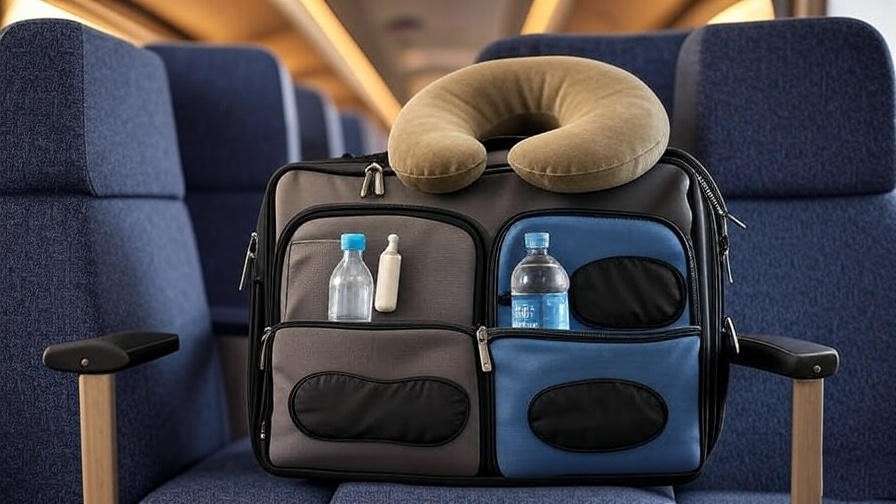
Pre-Trip Preparation
Preparation is key to restful sleep. Pack sleep aids like a high-quality eye mask (e.g., Manta Sleep Mask) and earplugs (Mack’s Ultra Soft Foam). Align your sleep schedule with the train’s timetable—check departure and arrival times to plan naps or full sleep cycles. A light meal before boarding can promote relaxation without digestive discomfort.
Choosing the Best Cabin or Seat Location
Location matters. In sleeper cabins, lower berths are more stable and easier to access, ideal for older travelers or those prone to motion sickness. In reclining seat sections, choose window seats for a quieter, more scenic experience. Avoid seats near high-traffic areas like restrooms or dining cars to minimize noise disruptions.
Creating a Sleep-Friendly Environment
Transform your sleeping place into a cozy haven. Use a travel blanket or shawl to regulate temperature, as train cabins can be chilly. Dim reading lights or use an eye mask to block ambient light. Practice deep breathing or a short meditation to calm your mind—try inhaling for 4 seconds, holding for 4, and exhaling for 6 to ease into sleep.
Packing for Comfort
Pack strategically for overnight train travel. Essentials include:
- Noise-canceling headphones (e.g., Bose QuietComfort) to block train sounds.
- Travel pillow (e.g., Cabeau Evolution) for neck support in seats.
- Hydration bottle to stay refreshed without frequent trips to the dining car.
- Cozy socks or slippers for warmth and comfort.
Download our printable packing checklist [link to internal resource] for a stress-free journey.
Health and Well-Being Benefits of Quality Sleep on Trains
Connection to Holistic Wellness
Quality sleep on a train does more than refresh you for the next day—it’s a cornerstone of holistic well-being. Adequate rest regulates cortisol levels, reducing stress and enhancing mood, which is crucial for enjoying travel experiences. According to a 2023 study in Sleep Medicine Reviews, consistent sleep improves memory consolidation, helping you retain vivid travel memories. For wellness-focused travelers, a restful sleeping place on a train supports mental clarity and emotional balance, aligning with the principles of mindfulness and happiness championed on our platform.
Mindfulness and Relaxation Techniques

To enhance sleep quality, incorporate mindfulness techniques tailored for train travel. Try this simple visualization exercise:
- Close your eyes and imagine a serene landscape passing by your train window, like rolling hills or a starry night sky.
- Focus on the rhythmic sound of the train, syncing your breath to its cadence.
- Inhale deeply for 5 seconds, hold for 5, and exhale for 7, repeating for 3–5 minutes.
This practice, rooted in mindfulness-based stress reduction (MBSR), calms the nervous system and prepares you for deeper sleep. For more guided meditations, explore our [internal link: Mindfulness for Travelers] resources.
Real-World Examples and Traveler Insights
Case Studies
Real travelers’ experiences highlight the importance of choosing the right sleeping place on a train. Sarah, a 34-year-old solo traveler, shared her journey on the Trans-Siberian Railway: “I opted for a second-class sleeper cabin instead of a couchette. The privacy and proper bed made all the difference for a 4-night trip. I arrived in Vladivostok feeling rested and ready to explore.” Conversely, Mark, a budget traveler on an Amtrak route, regretted choosing a reclining seat for a 12-hour trip: “The noise and cramped space kept me awake. Next time, I’ll save up for a roomette.” These stories underscore the need to match your sleeping place to your travel goals.
Expert Quotes
Dr. Emily Chen, a sleep scientist with 15 years of research experience, emphasizes, “Train travel can disrupt circadian rhythms due to motion and noise, but a well-chosen sleeping environment—like a private cabin—mimics a stable sleep setting, promoting REM sleep.” Similarly, travel blogger Emma Lopez, who has ridden over 50 overnight trains, advises, “Always check the train’s layout online. A lower berth in a sleeper cabin is a game-changer for stability and comfort.” These insights add credibility and practical value to your decision-making process.
Common Mistakes to Avoid When Booking a Sleeping Place
Overlooking Train-Specific Policies
Each train operator has unique policies that can impact your sleep experience. For example, some trains, like Indian Railways, require bedding reservations in advance, while others, like Amtrak, include linens in sleeper cabin fares. Failing to check cancellation policies or booking deadlines can leave you stuck with an unsuitable option. Always visit the operator’s official website or platforms like Rail Europe for detailed terms before booking.
Ignoring Reviews and Feedback
Traveler reviews are a goldmine for assessing sleep quality. Platforms like TripAdvisor or Seat61.com offer insights into specific trains and routes. For instance, reviews of the Nightjet’s Vienna-to-Paris route praise its modern couchettes but note occasional noise from shared compartments. Skipping reviews can lead to surprises, like choosing a cabin near a noisy dining car. Dedicate 10–15 minutes to researching feedback for a better-informed choice.
Choosing Based Solely on Price
While budget is important, prioritizing cost over comfort can ruin your trip. A $30 reclining seat may seem appealing, but for a 10-hour journey, the lack of privacy and limited recline can lead to fatigue. Instead, weigh the value of rest against the price. For example, spending $150 on a sleeper cabin for a cross-country trip ensures you arrive energized, making the investment worthwhile.
FAQs About Sleeping on Trains
What is the most comfortable sleeping place on a train?
Private sleeper cabins, like Amtrak’s Roomettes or Eurail’s deluxe compartments, offer the best comfort with proper beds, privacy, and amenities. Lower berths are ideal for stability.
Are sleeper cabins worth the extra cost?
For journeys over 6 hours, sleeper cabins provide superior rest, privacy, and amenities, making them worth the cost for long-distance or wellness-focused travelers.
How can I sleep better in a train seat?
Use a travel pillow, eye mask, and earplugs. Choose a window seat away from high-traffic areas, and practice relaxation techniques like deep breathing to ease into sleep.
Are there family-friendly sleeping options on trains?

Yes, many trains offer family cabins or adjacent berths in sleeper compartments. Amtrak’s Family Bedrooms or Indian Railways’ 2AC cabins are great for families.
What should I pack for an overnight train trip?
Pack a travel pillow, eye mask, earplugs, cozy clothing, a hydration bottle, and noise-canceling headphones. A light blanket adds comfort in air-conditioned cabins.
Conclusion
Choosing the best sleeping place on a train transforms your journey from exhausting to rejuvenating. Whether you opt for a budget-friendly reclining seat, a communal couchette, or a luxurious sleeper cabin, this guide equips you with the knowledge to prioritize rest and well-being. By considering trip duration, budget, comfort needs, and amenities, you can select the perfect option for your next adventure. Pack smart, use mindfulness techniques, and avoid common booking mistakes to ensure a restful experience. Ready to embark on a restful train journey? Book with confidence and share your tips in the comments below or on social media to inspire fellow travelers. For more wellness-focused travel advice, explore our.







